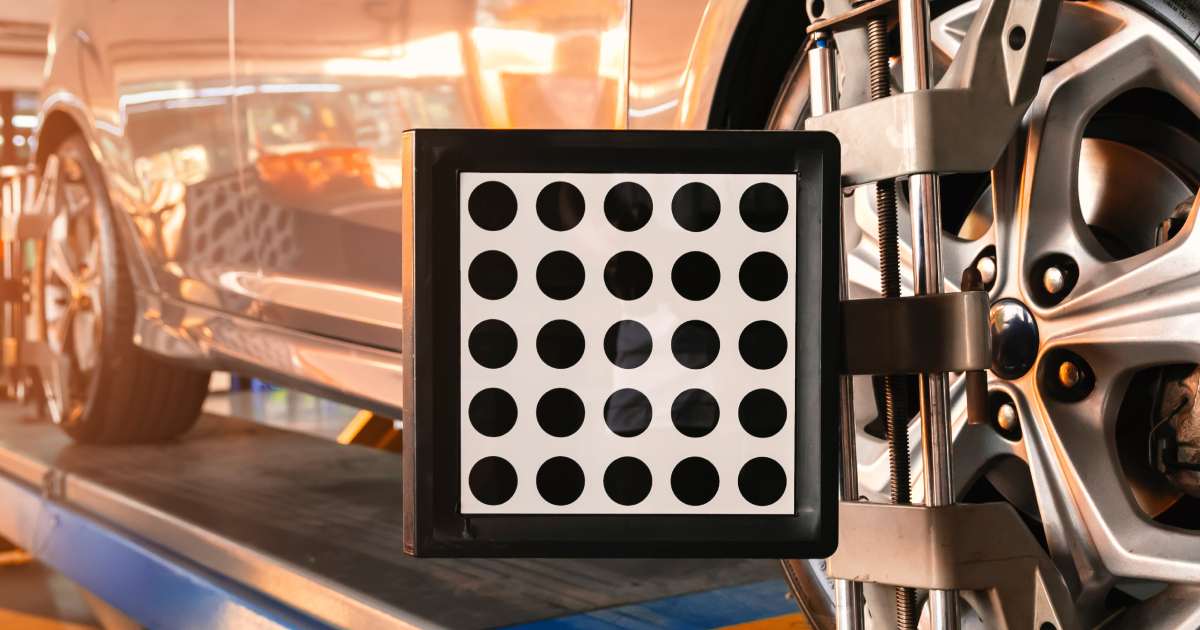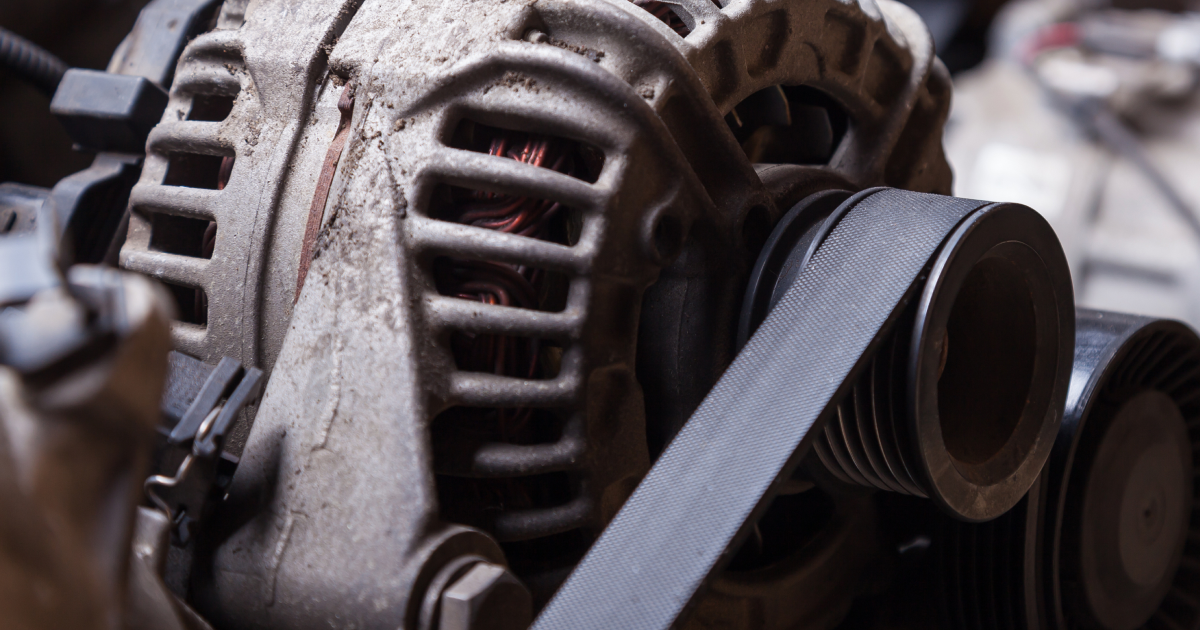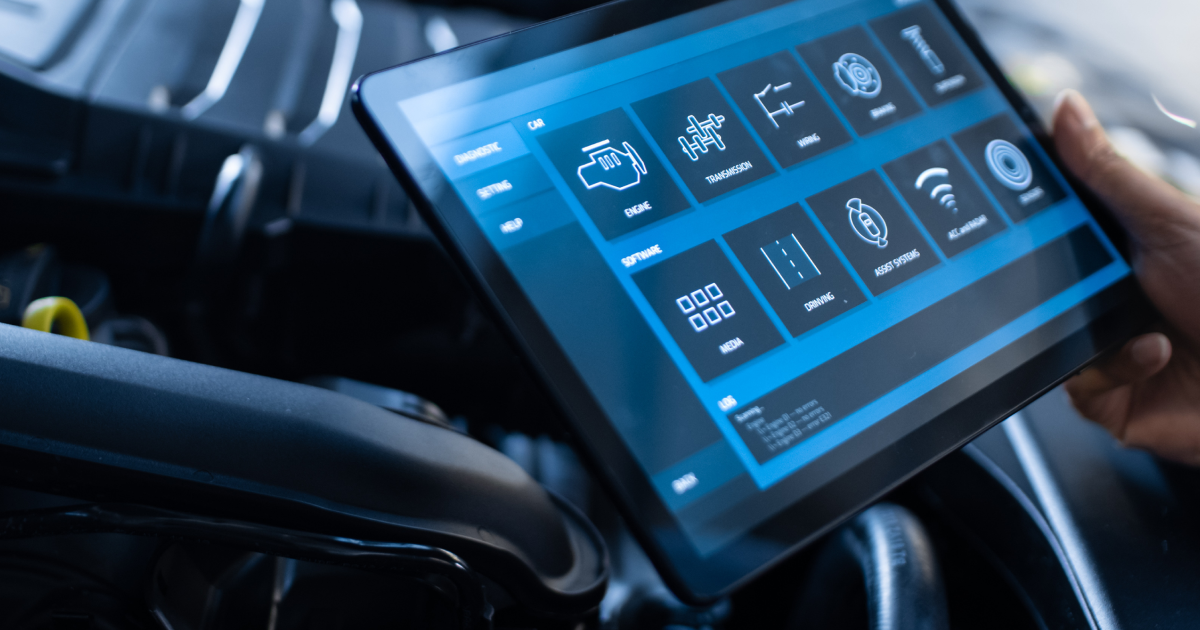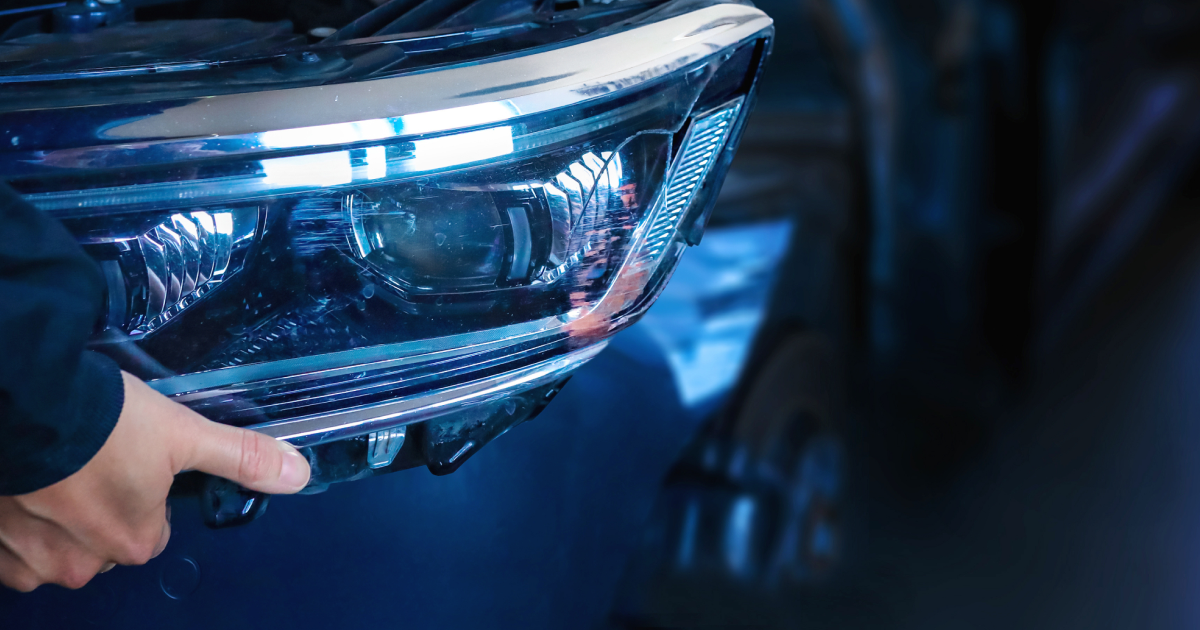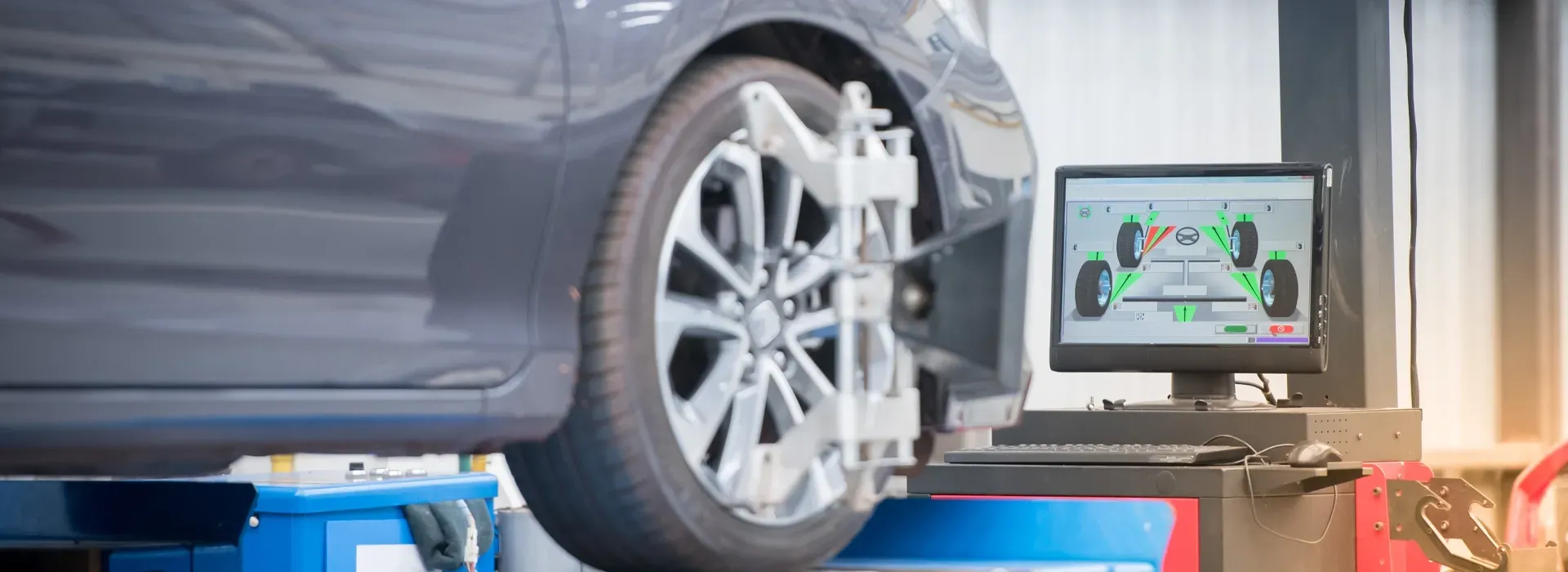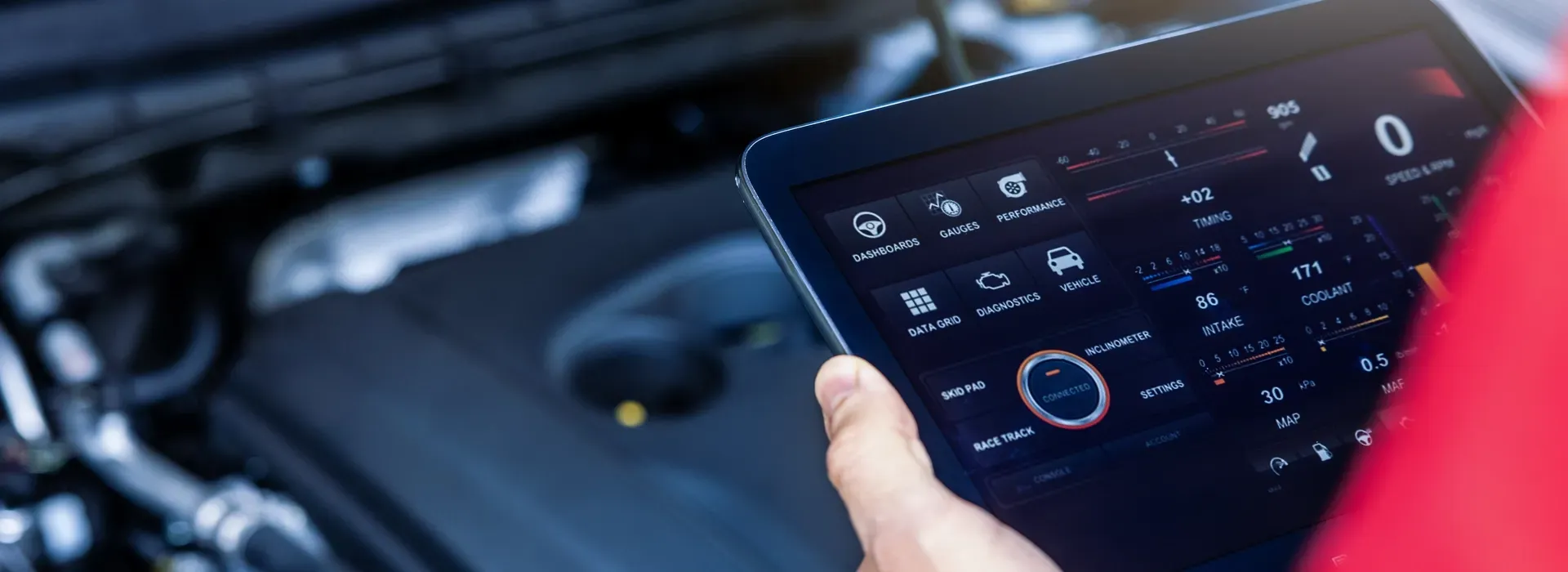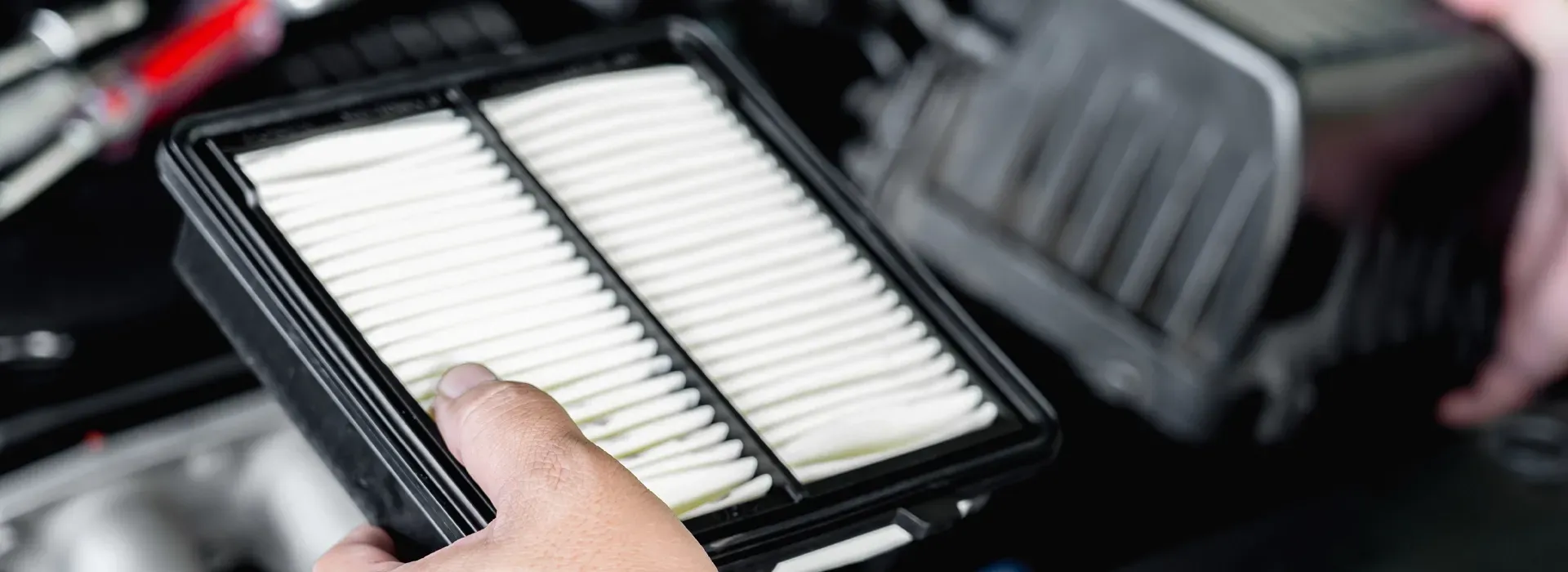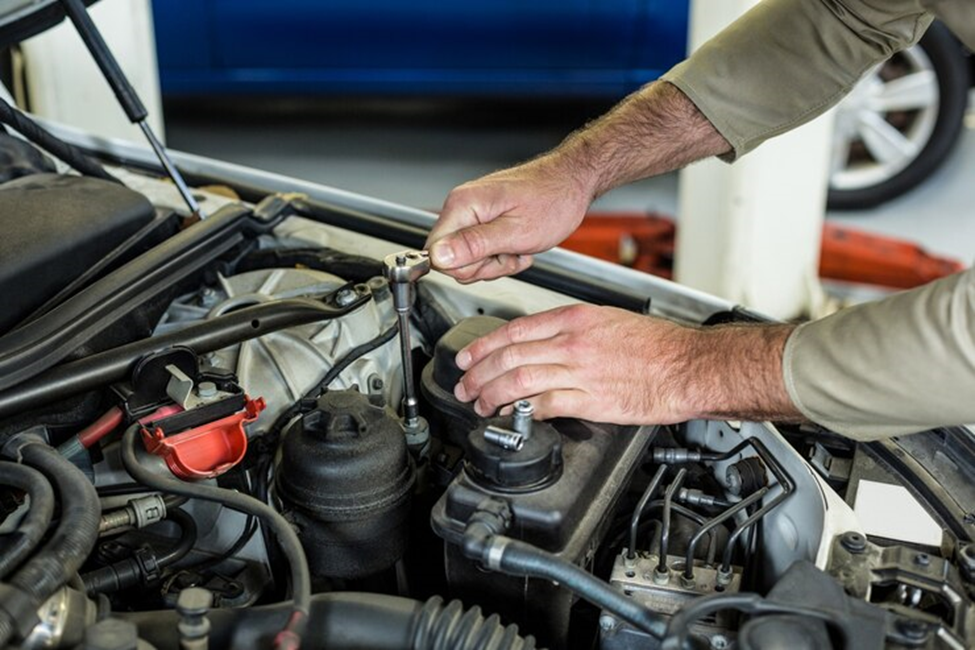Don’t Drive On Old Rubber - Why Tire Age Matters
Don't Drive on Old Rubber - Why Tire Age Matters
Despite their seemingly straightforward appearance, tires are among the most crucial components of your car. Since they are the only component that connects your vehicle to the road, their condition has an impact on everything from safety and ride comfort to traction and fuel efficiency. The majority of drivers focus on tread depth, but tire age is equally crucial and frequently disregarded.
How Tires Age
Your tires deteriorate with time, even if you don't drive very often. Heat, sunlight, oxygen, and road conditions all cause rubber to naturally decompose. The rubber becomes harder and less flexible as a result of this process, known as oxidation. The risk of blowouts and tread separation rises as microscopic cracks develop over time.
Regardless of tread depth, the majority of tire manufacturers advise replacing tires every six to ten years. It's time to have your car's tires inspected if they are more than that old.
How to Check the Age of Your Tires
Each tire's sidewall is stamped with a DOT code. The tire's manufacturing year and week are indicated by the final four digits of that code.
For instance, if the code is 2319, the tire was produced during the 23rd week of 2019. This easy test can tell you a lot about the state of your tire and possibly keep you out of danger.
Warning Signs of Aging Tires
- Visible cracking or dry rot on the sidewalls
- Bulges or bubbles in the rubber
- Vibrations while driving
- Uneven tread wear
- Tires losing air more quickly than normal
If you notice any of these signs, it’s time to have your tires inspected right away.
Why You Shouldn’t Ignore Old Tires
- Safety Risks
Aged tires are more likely to fail suddenly — especially at highway speeds or in hot weather. A blowout can cause you to lose control of your vehicle. - Reduced Performance
Old, hardened rubber doesn’t grip the road as well, especially in rain or cold temperatures. That means longer stopping distances and reduced handling. - Poor Ride Quality
Tires lose their ability to absorb bumps and vibrations over time, leading to a rougher ride. - Hidden Damage
Even if your tires look fine, the internal structure can deteriorate. This hidden damage can’t always be seen — but it still affects safety.
When to Replace Your Tires
Have a reputable auto expert inspect your tires if they are older than six years. Replacement time depends on a number of factors, including age, condition, and driving style. Even spare tires can deteriorate while being stored beneath the car or in the trunk.
Always pick a high-quality brand and the appropriate size for your vehicle when it's time for new tires. You should also make sure they're installed and balanced correctly for a safe and comfortable ride.
Final Thoughts
Don't let a blowout or flat tire serve as a reminder of how crucial your tires are. One of the simplest ways to keep yourself and your car safe is to keep an eye on their age and condition.
To keep you driving safely all year long, CARma Auto Care provides tire inspections, rotations, and replacements.
Old rubber simply isn't worth the risk when it comes to your tires, so stop by today or make an appointment for a tire check.

